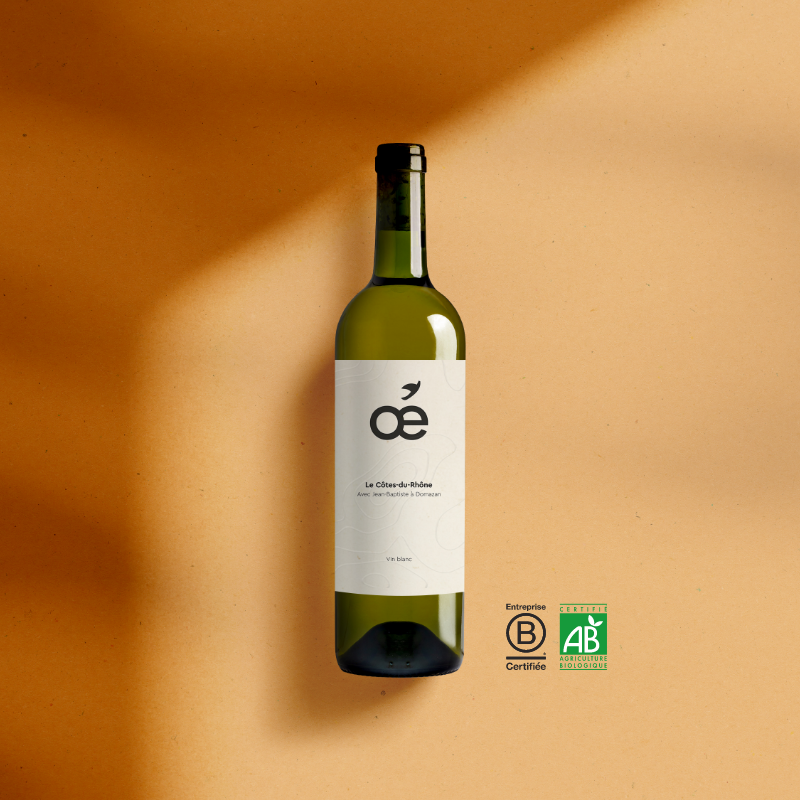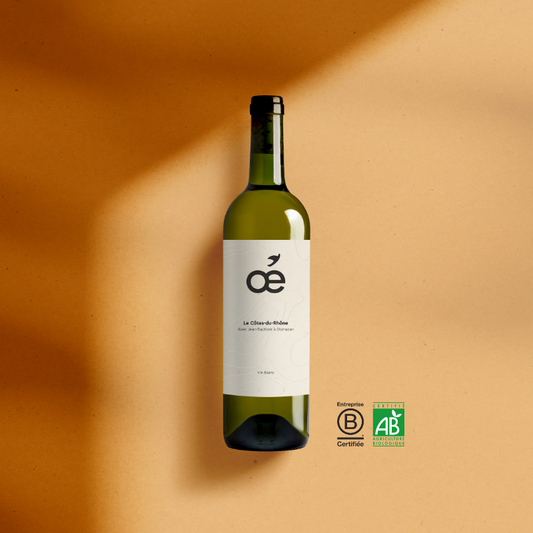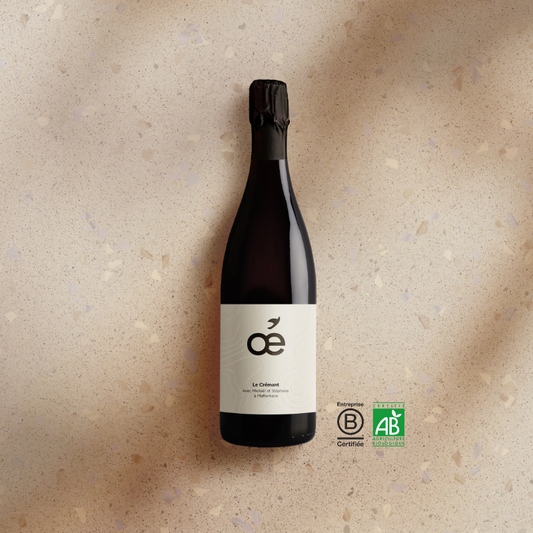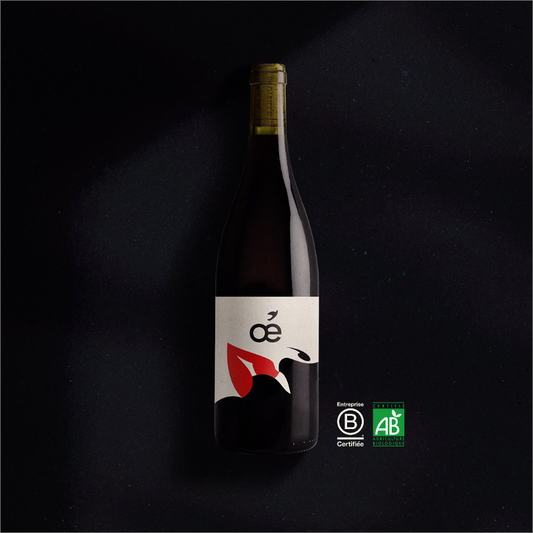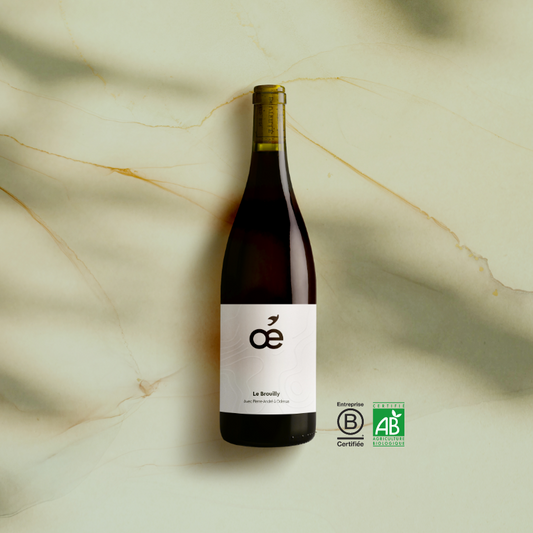Let's observe, examine, scrutinize, fleece together her beautiful dress. Nothing is more pleasant than delicately tilting your glass of wine and admiring the nuances of her dress. How does wine get its color? Let's discover the colors of wine and its creation. By bike Simone!

An infinite color palette
The color of a red wine can range from raspberry to garnet . You can taste a red wine with a purplish, garnet or ruby red color . This color can turn towards tile with the age of the wine.
For whites and lighter wines such as champagne, sparkling or sparkling, the color can range from yellow-green to red . A white wine can take on a straw yellow, green yellow, golden yellow, light amber or brown color. Dry whites and sweet wines tend to have a more or less pale colour. Conversely, sweet wines have a color that can range from golden yellow to more amber hues .
''So it's not just the color of the grapes that plays on the dress.''
Where does the tint come from? The white grapes used in the production of wine, only give wines with light colors. Black grapes mainly produce red and rosé wines , and can also produce white wine if the grape skin does not macerate in the juice during vinification . Only the skin has its color (white or red/purple) and the flesh is always white. We explain to you!
Life in pink
Rosé wine is not obtained by mixing red wine and white wine. There are some rosé champagnes that are obtained from this process, but these are called blended rosés .
The color of rosé is obtained by the same vinification process as that of red wine. Only, its color remains lighter, because the juice remains less long in contact with the skins of grapes. For red wine, the juice is left with the skins of the grapes for 2–3 weeks while for rosé, this process takes only 2–3 hours (or up to 24 hours maximum). The rosé can have a very limpid or even light red color. This nuance can be explained by the winemaking techniques.
Rosé wine with a very clear color must have gone through direct pressing which consists of directly pressing the black grapes and vinifying the juice like a white wine. These techniques bring a freshness and an increasingly aromatic note to the rosé in addition to this color which is lighter. Some are vinified like red wines, in other words, the maceration is done in vats: this is what makes the color more intense in the rosé.
The marriage of elements to create the hue
The grape variety , the grape variety, is the main parameter that gives the color of the wine. Pinot Noir or Grenache, for example, are black grapes and their skin brings intensity to the colour.
The climate also interferes with the color: in general, if the wine is aged in a cool environment, its color will be lighter. It should be noted, however, that this rule is not absolute. The orientation in relation to the sun and the altitude also influence the intensity.
Vinification gives color to wine. A wine with an intense red color has certainly gone through a stronger extraction process.
Breeding* and aging also play a role, for example, in ensuring that red wines with a purple color evolve towards a garnet tone, even tile with age. While great wines made with care and with fewer chemicals go darker in color over time, this is not the case with industrial wines. And yes ! Some chemicals cause pigment loss.
*Wine aging is an essential step in its development. It takes place between the end of alcoholic and/or malolactic fermentation and bottling.
Red grapes for white wine?
This statement may seem paradoxical to you, but you can make white with red grapes. To obtain this result, the winegrowers apply themselves to avoid macerating the skins with the juice. This is the technique used to have champagne with red grape varieties such as Pinot Noir, Pinot Meunier.
With white grapes, it is also possible to have a drink with a more orange color. For this, the winegrowers use prolonged skin maceration (grape skin), which consists of leaving the grape must white during maceration with the skins for a longer period. To have more colorations with white wine, you can try the experiment by letting it age for a few decades. You will not have an intense red color, but the yellow-green color can turn orange.
The color of the wine is completely natural and makes the uniqueness of each wine. If you have any questions about winemaking and wine in general, email us at hello@oeforgood.com :-)
